Home>Ideas and Tips>How To Choose The Right Paint Colors For A Hallway
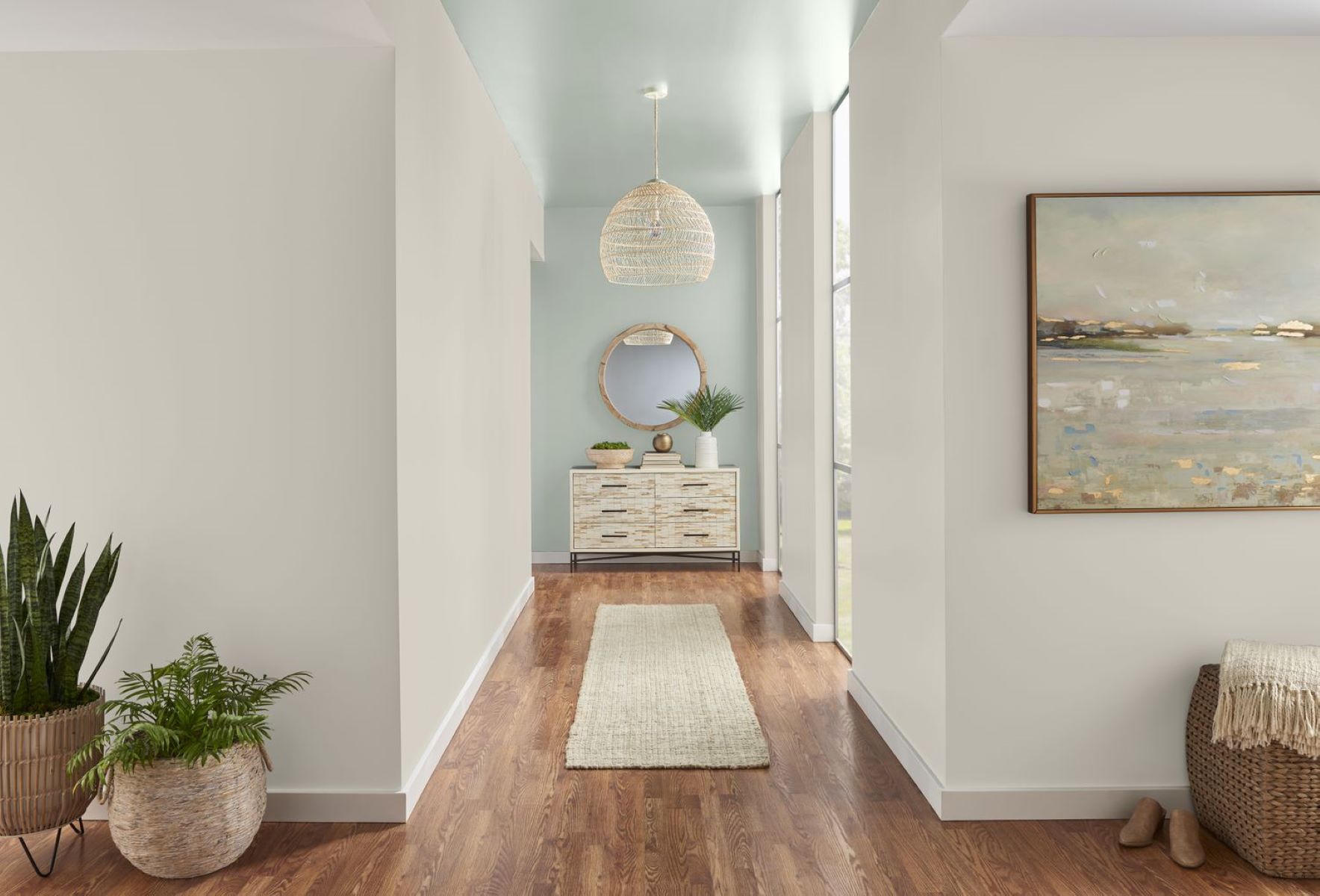

Ideas and Tips
How To Choose The Right Paint Colors For A Hallway
Modified: October 29, 2024
Discover tips for choosing the perfect hallway paint colors to enhance your home's ambiance and functionality. Create a welcoming and stylish entryway.
(Many of the links in this article redirect to a specific reviewed product. Your purchase of these products through affiliate links helps to generate commission for Storables.com, at no extra cost. Learn more)
Choosing the right paint colors for your hallway can significantly impact the overall aesthetic and functionality of your home. A hallway is often the first area you see when entering your home, and it sets the tone for the rest of your interior design. It's not just about making a good first impression; it also affects your mood and the ambiance of your home. In this article, we will delve into the various factors to consider when selecting paint colors for your hallway, explore different color schemes, and provide practical tips to ensure your hallway is both functional and visually appealing.
Understanding Your Hallway
Before diving into the world of paint colors, it's essential to understand the unique characteristics of your hallway. Here are a few key points to consider:
-
Size and Layout: Hallways can vary greatly in size and layout. Narrow hallways may require lighter colors to create an illusion of more space, while larger hallways can accommodate bolder and darker shades.
-
Natural Light: The amount of natural light your hallway receives is crucial. Darker colors can make a hallway look even darker if there is limited natural light, while lighter colors can help reflect light and make the space feel brighter.
-
Architectural Features: Hallways often feature architectural details such as woodwork, panelling, and staircases. These elements can be highlighted with contrasting colors to create visual interest.
-
Functionality: Hallways are transitional spaces that connect different areas of your home. They should be functional yet inviting.
Neutral Colors for Hallways
Neutral colors are often the safest choice for hallways because they blend seamlessly with other rooms and provide a clean backdrop for any design elements you might add later. Here are some popular neutral options:
-
Alabaster by Sherwin-Williams: This warm off-white paint color is versatile and works well in most hallways. It has enough undertone to hide scuffs and dings, making it an excellent choice for high-traffic areas.
-
Oxford White by Benjamin Moore: This classic white paint color leans slightly cooler than Alabaster but still offers enough warmth when paired with natural light and warmer flooring tones.
-
Pure White by Sherwin-Williams: Another neutral option, Pure White is ideal for creating an open feel in narrow hallways while maintaining a clean and modern look.
Bold and Dark Colors for Hallways
While neutral colors are practical, bold and dark colors can add personality and create a cozy atmosphere in your hallway. Here are some options to consider:
-
Chocolate Brown: This rich color can make a hallway feel intimate and warm. It pairs well with earthy tones and can add depth to the space.
-
Charcoal Gray: A darker shade of gray can create a dramatic entrance while maintaining a sense of calmness. It works well with modern decor and can be balanced with lighter accents.
-
Burgundy: This deep red shade can bring a luxurious feel to your hallway. It pairs well with dark wood furniture and can create a cozy cocoon-like effect.
Color Schemes for Hallways
Choosing the right color scheme is crucial for creating a harmonious and inviting hallway. Here are some popular schemes:
-
Zen Zone: Soothing greens, whites, and greys can create a peaceful atmosphere in your hallway. Adding natural-looking dark wooden furniture and stress-busting house plants can transform the space into a serene zone.
-
Blissful Blue: Painting your hallway walls in blue can bring tranquility and friendliness to the space. Pairing it with wicker baskets and statement rugs can add character and depth.
-
Sunshine Shades: Vibrant yellow can brighten up dark corners and harmonize with staircases. Rich Golden Sands on walls, doors, and ceilings combined with deep Heart Wood accents can create a cheerful and cozy atmosphere.
-
Two-Tone Tricks: Using two-tone painting ideas can enhance the look of your ceiling and create a sense of space. Pairing a lighter color on the upper half of the wall with a darker shade on the lower half can add visual interest and personality.
Highlighting Architectural Details
Hallways often feature architectural details that can be highlighted with contrasting colors to create visual interest. Here are some tips:
-
Contrasting Paint Finishes: Using varying finishes on painted walls and surfaces can add texture and interest without introducing too many different colors.
-
Painted Woodwork: Adding a pop of color on banisters and spindles can contrast beautifully against neutral walls. Painting the spindles on the stairs and steps can elongate the stairway and draw your eyes up.
-
Accent Colors: Bold colors can work particularly well for highlighting architectural or period features. Use contrasting colors across walls, panelling, and woodwork to showcase these structural details.
Practical Tips for Choosing Hallway Paint Colors
Here are some practical tips to keep in mind when choosing paint colors for your hallway:
-
Consider the Flow: Think about how the hallway connects to other rooms in your home. Choose colors that create a seamless transition between spaces.
-
Balance Neutrals with Bold Colors: While neutral colors provide a clean backdrop, balancing them with bold colors can add personality and interest.
-
Natural Light: If your hallway receives limited natural light, opt for lighter colors to reflect light and make the space feel brighter.
-
Architectural Features: Highlight architectural details with contrasting colors to create visual interest and emphasize the unique features of your hallway.
-
Functionality: Remember that hallways are transitional spaces. Choose colors that are both inviting and functional, ensuring they don't distract from major design moments elsewhere in your home.
Conclusion
Choosing the right paint colors for your hallway is a thoughtful process that requires considering several factors including size, natural light, architectural features, and functionality. By understanding these elements and exploring different color schemes, you can create a hallway that not only makes a good first impression but also enhances the overall ambiance of your home. Whether you opt for neutral colors like Alabaster or bold shades like chocolate brown, the key is to balance functionality with personality to create a space that is both inviting and visually appealing.
In summary:
- Neutral Colors: Alabaster by Sherwin-Williams, Oxford White by Benjamin Moore, and Pure White by Sherwin-Williams are excellent choices for creating a clean backdrop.
- Bold Colors: Chocolate brown, charcoal gray, and burgundy can add personality and create a cozy atmosphere.
- Color Schemes: Zen Zone with soothing greens and whites, Blissful Blue for tranquility, Sunshine Shades with vibrant yellow, and Two-Tone Tricks for visual interest.
- Highlighting Architectural Details: Use contrasting colors to highlight woodwork, panelling, and other structural details.
- Practical Tips: Balance neutrals with bold colors, consider natural light, and highlight architectural features.
By following these guidelines, you can transform your hallway into a welcoming and visually appealing space that sets the tone for the rest of your home.
Was this page helpful?
At Storables.com, we guarantee accurate and reliable information. Our content, validated by Expert Board Contributors, is crafted following stringent Editorial Policies. We're committed to providing you with well-researched, expert-backed insights for all your informational needs.
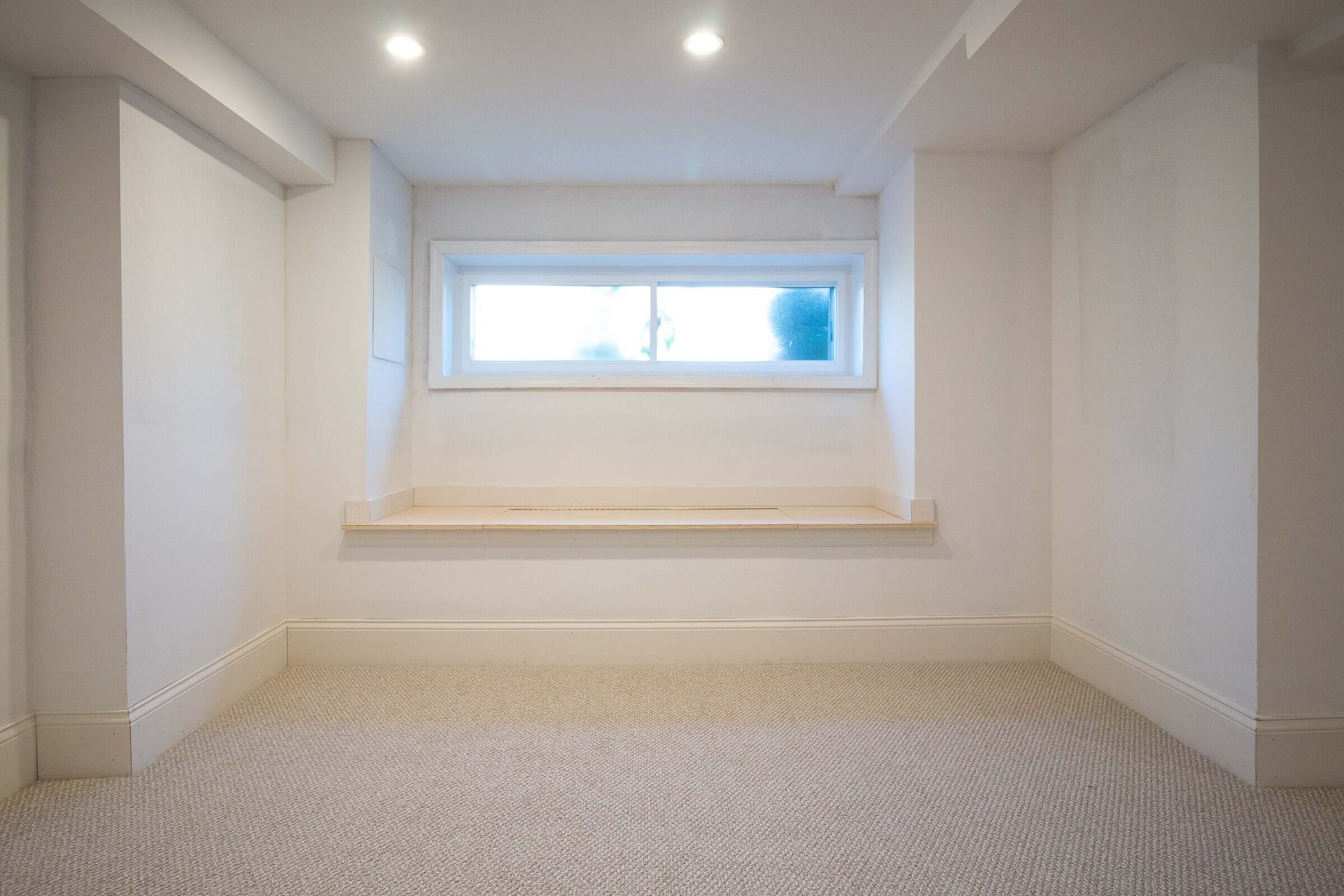
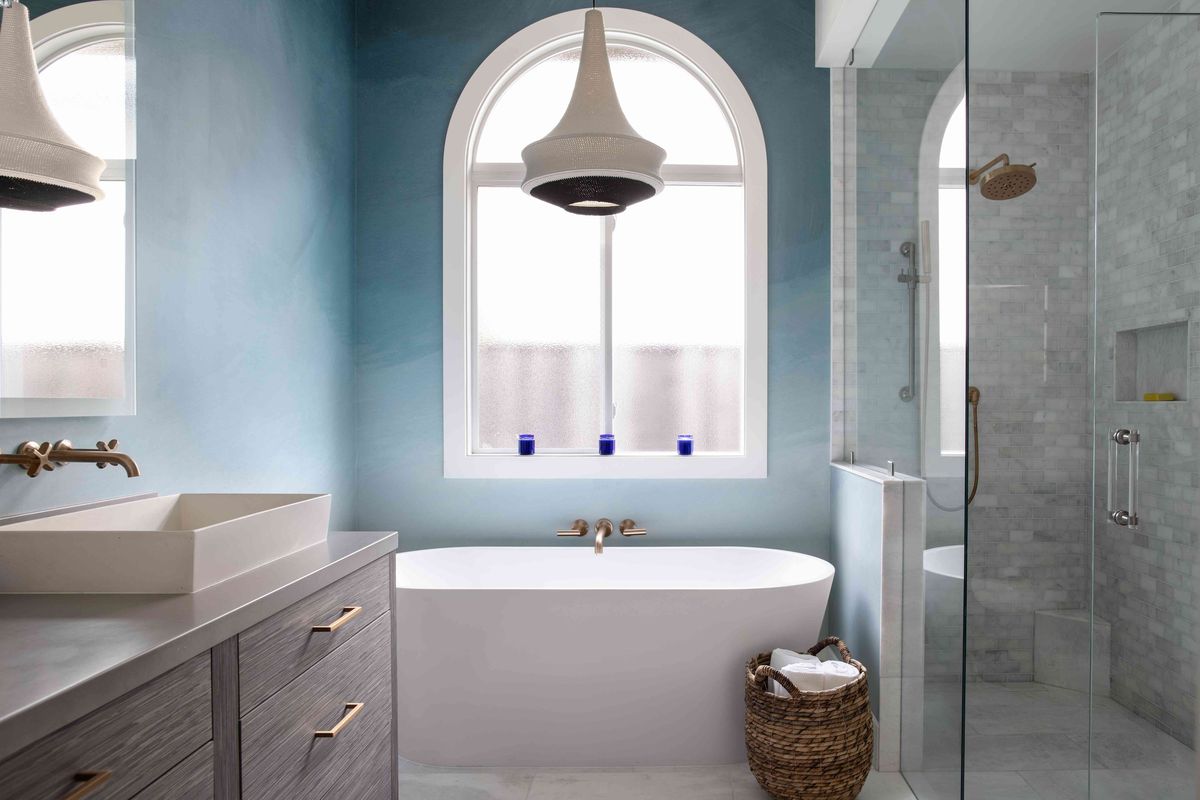
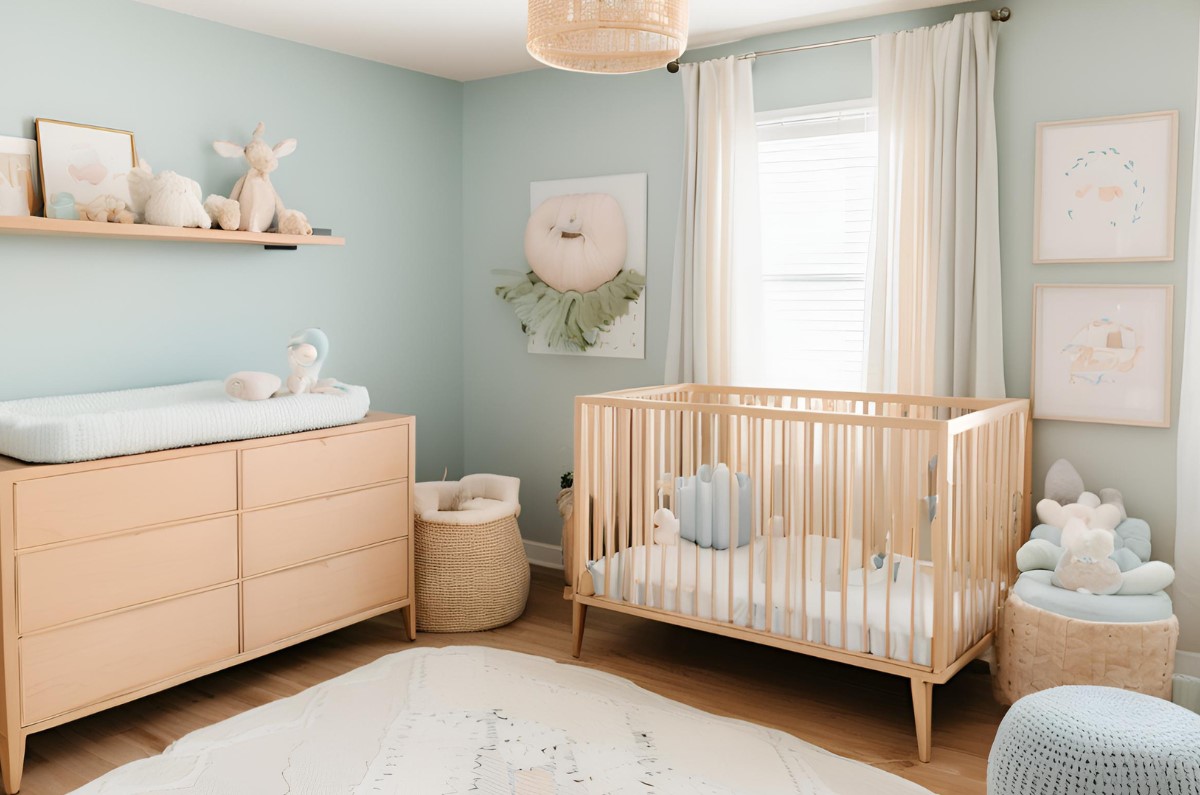
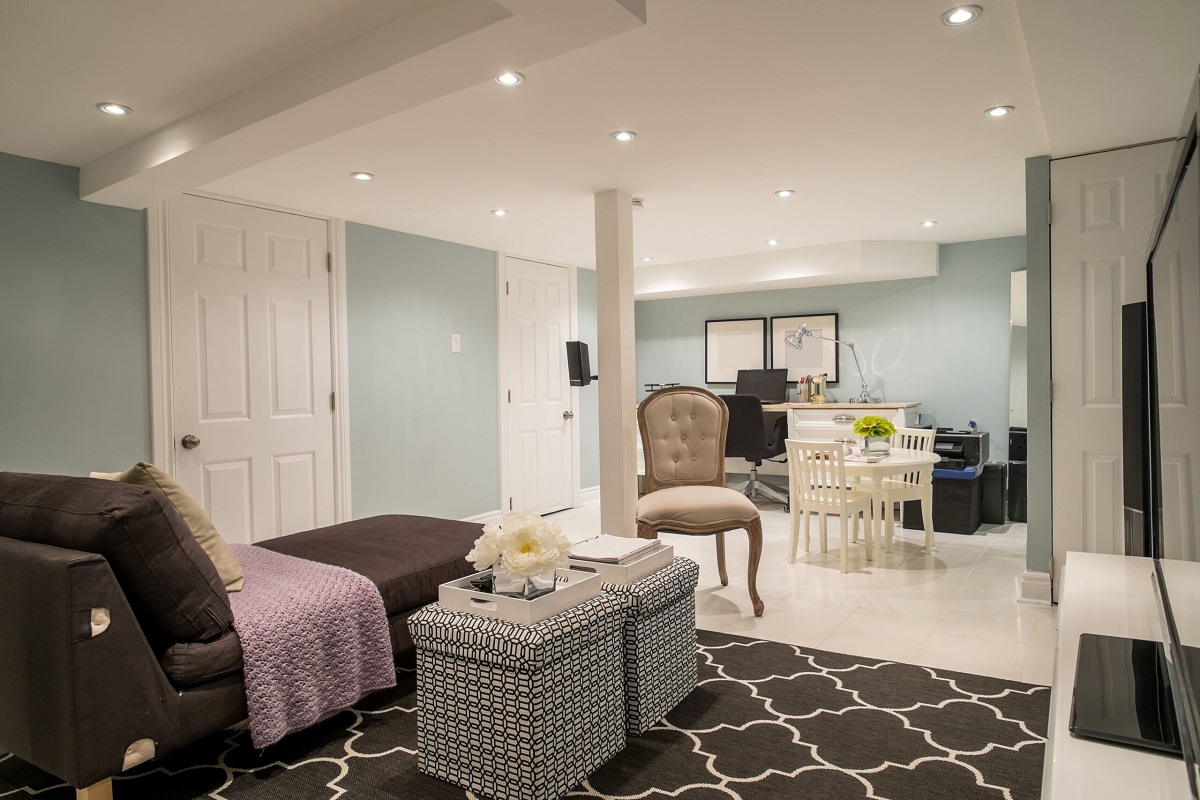
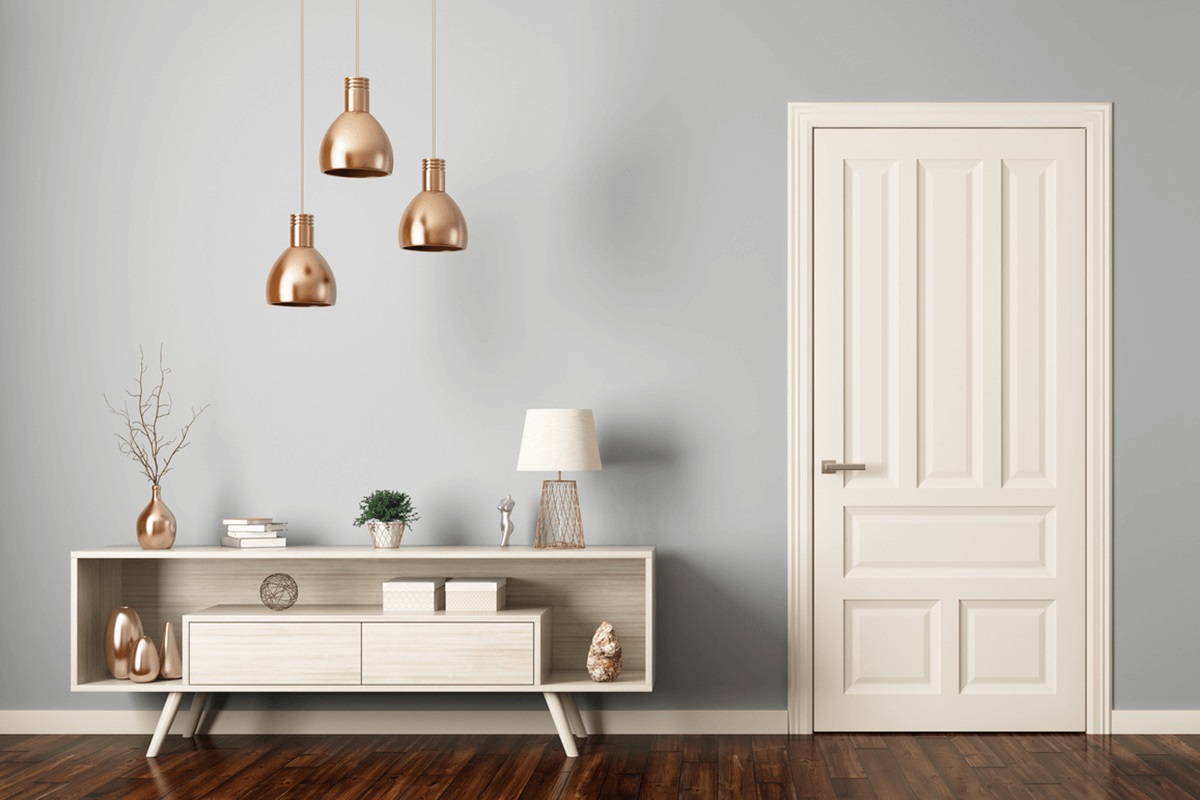
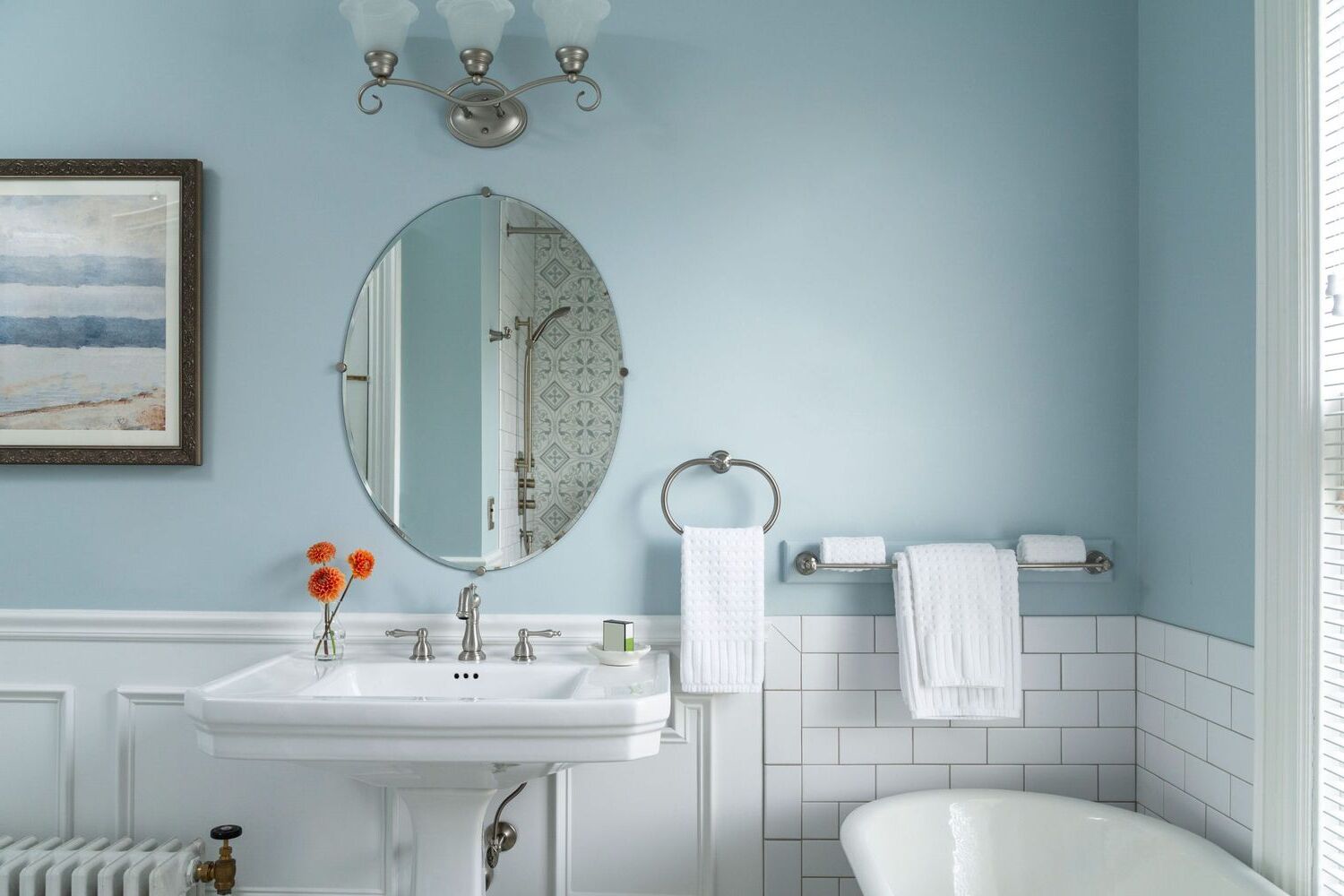
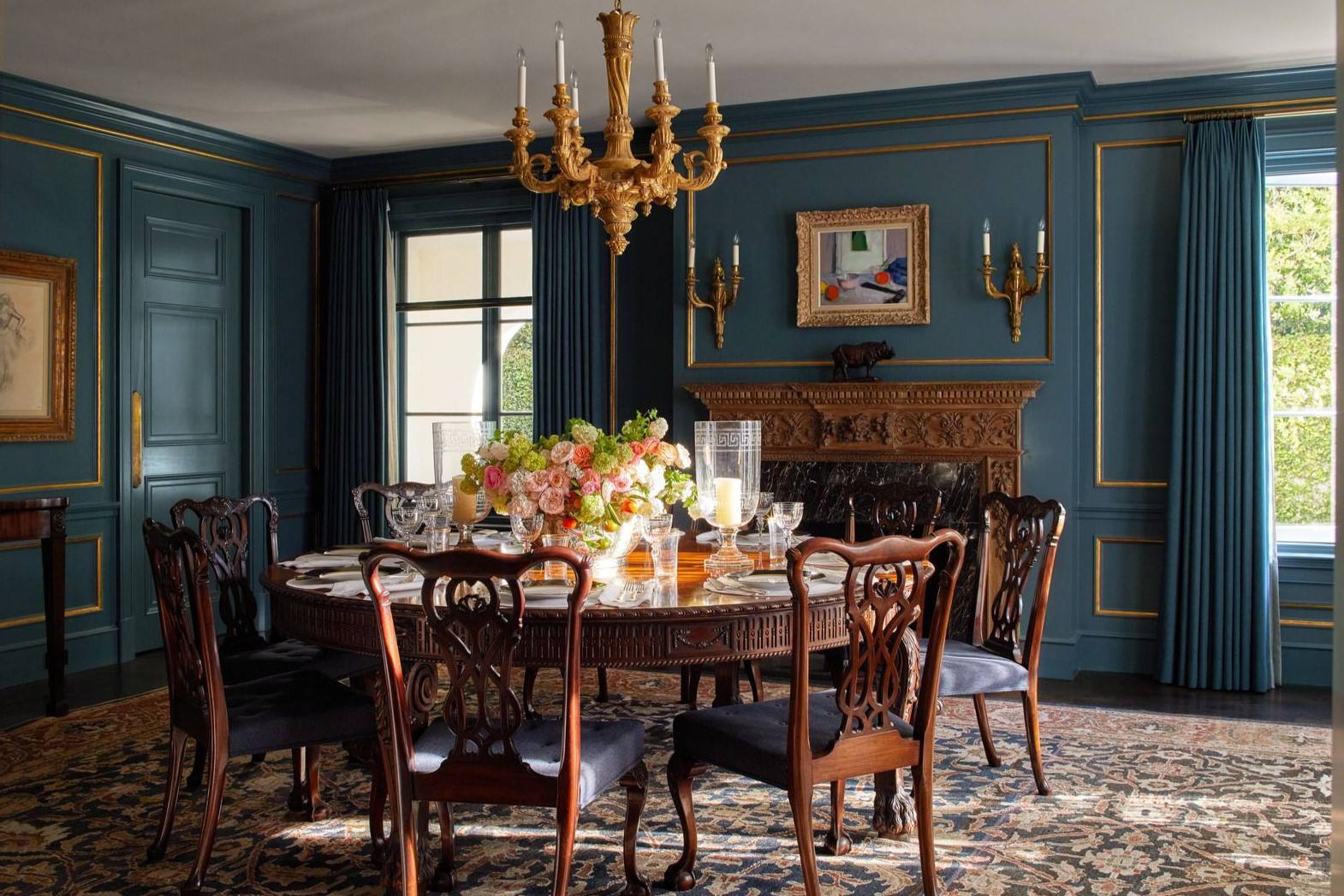
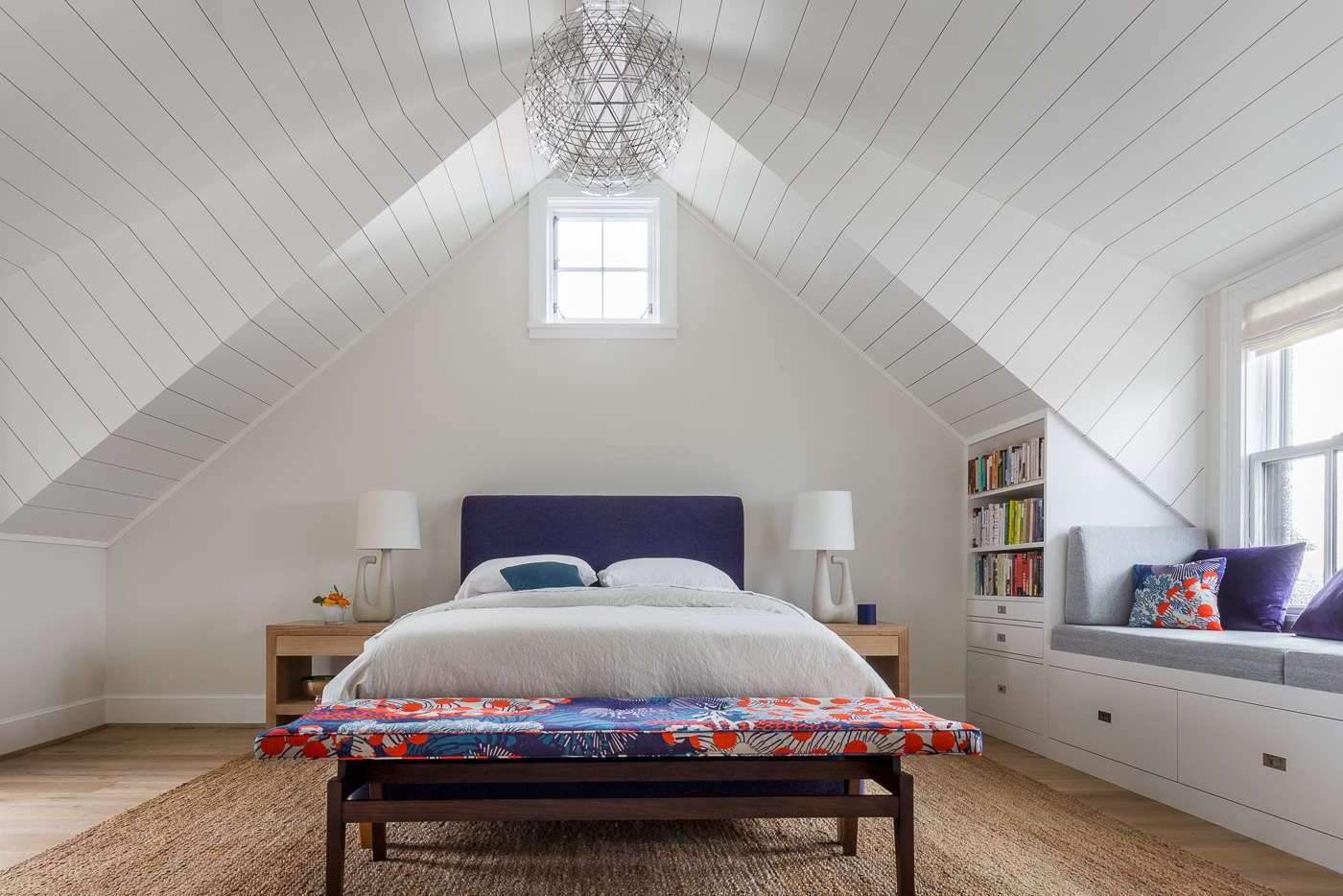
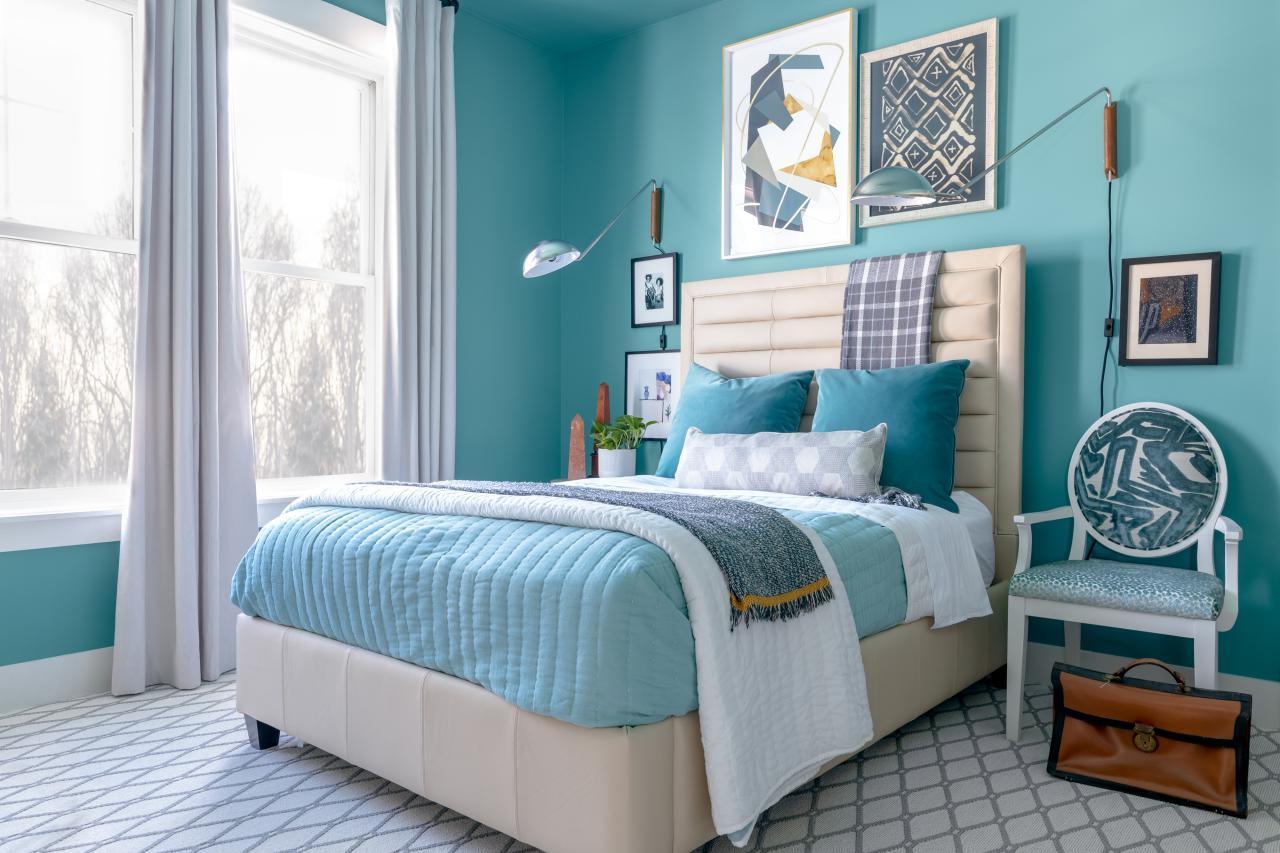
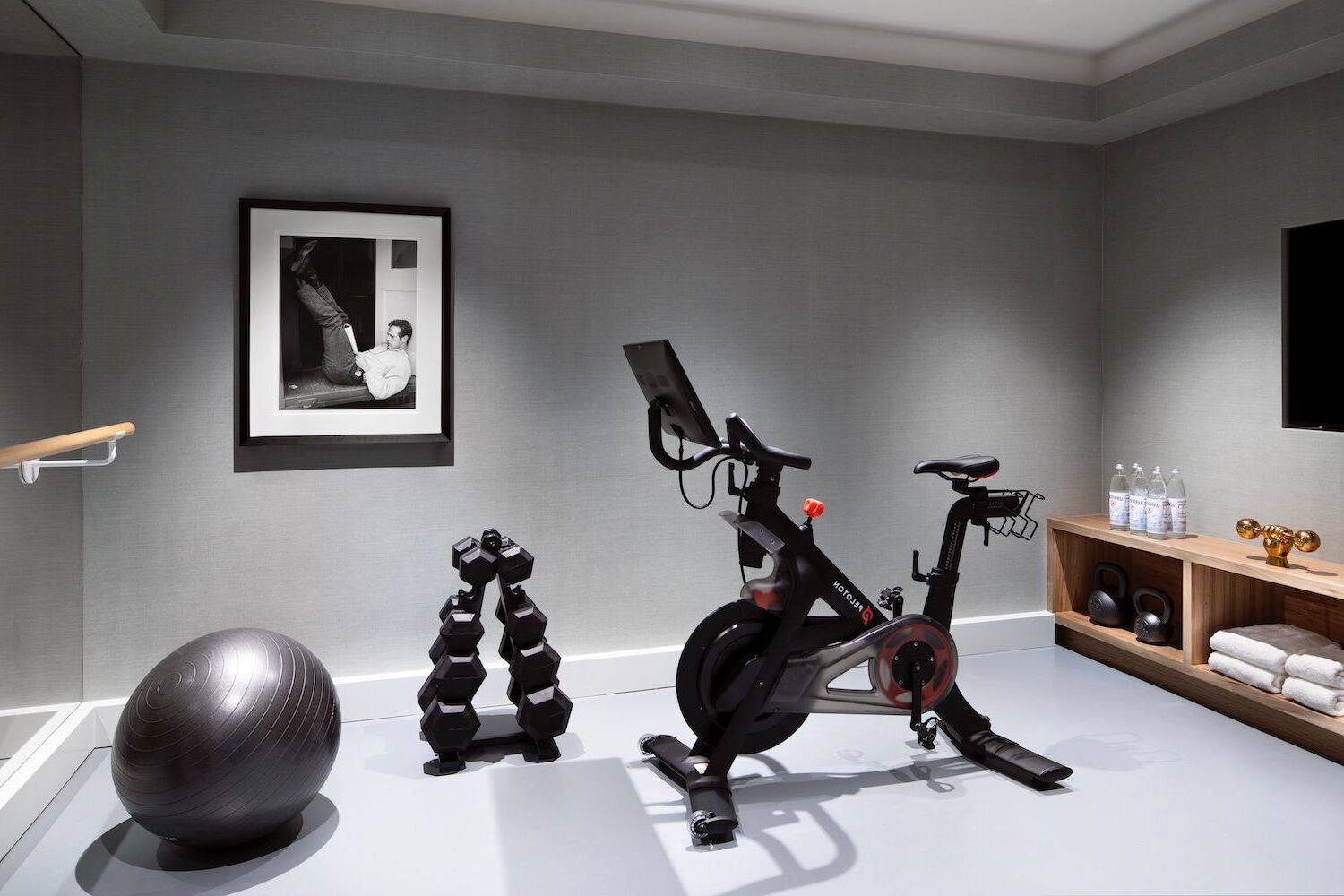

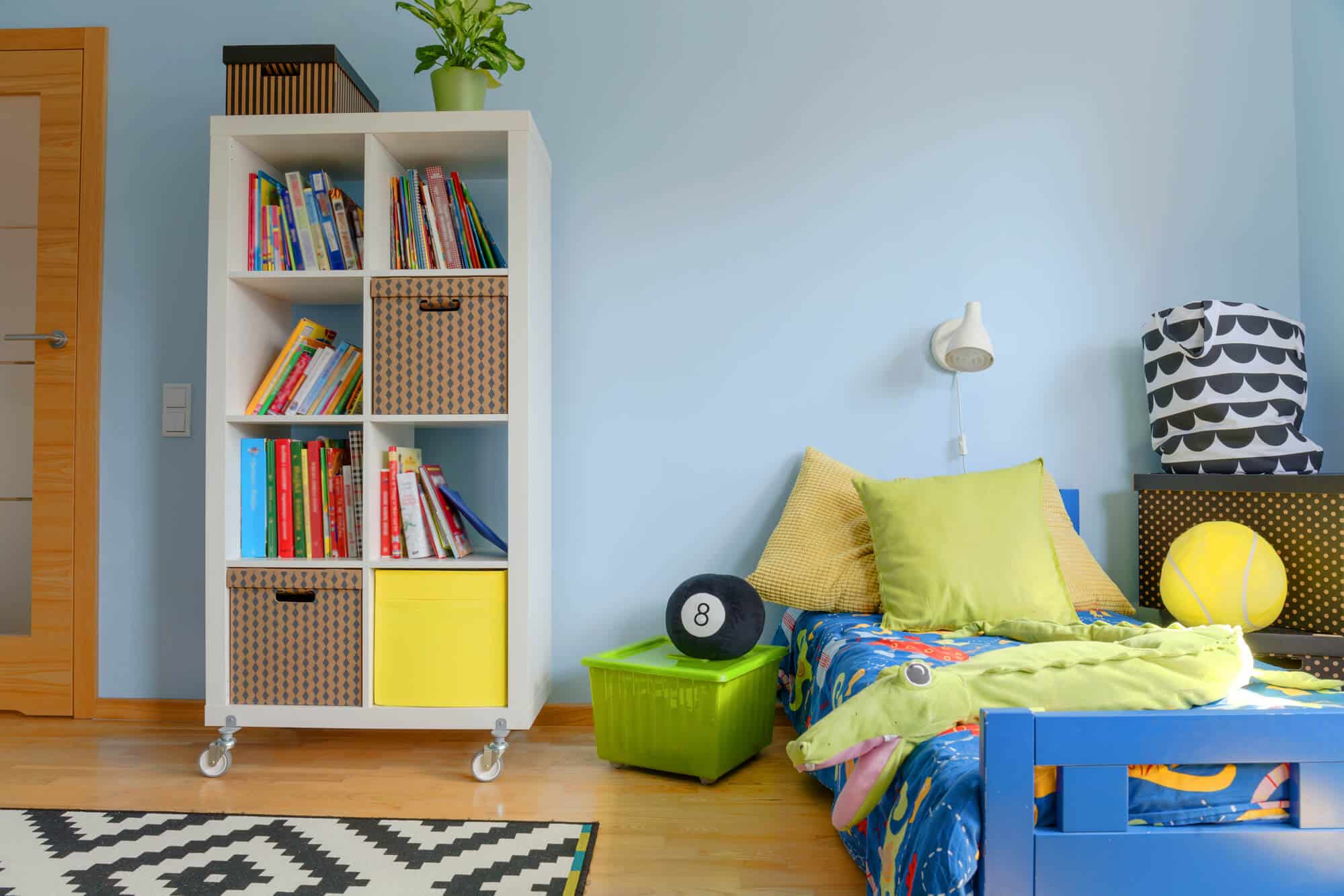
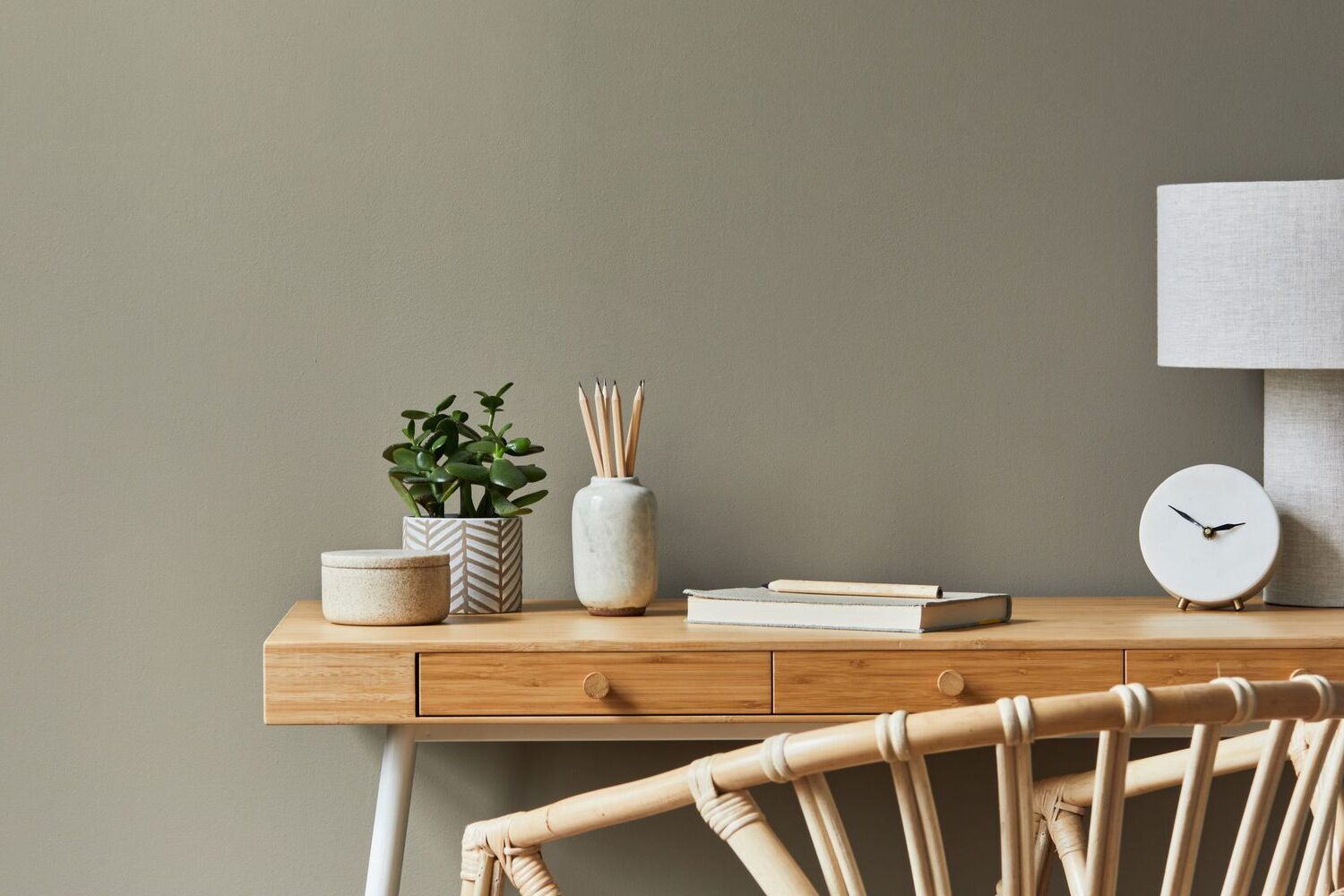


0 thoughts on “How To Choose The Right Paint Colors For A Hallway”